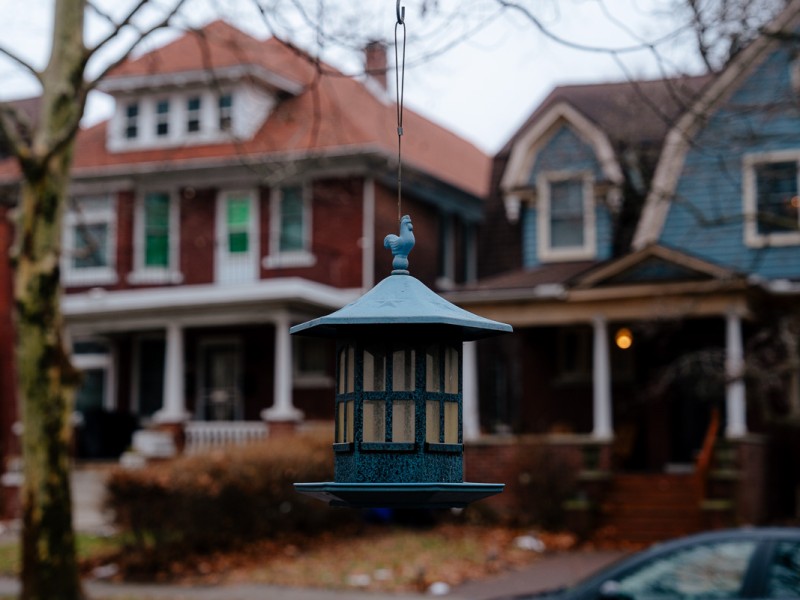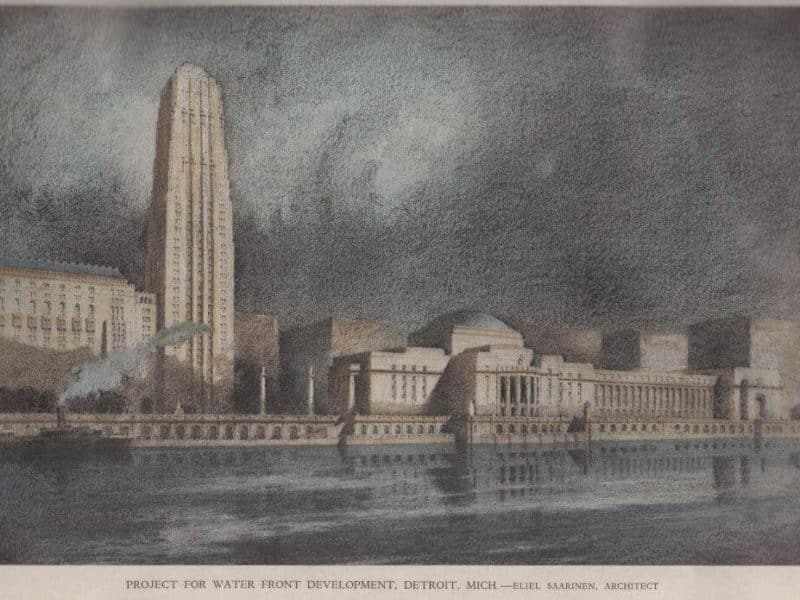A peek inside Beth Olem, the cemetery that was swallowed by a GM plant
One of Michigan's oldest Jewish cemeteries is hidden on the grounds of GM's Detroit/Hamtramck Assembly Plant. It's only open six hours every year, so lucky for you, we took some pictures.
In the early 1980s, Mayor Coleman A. Young and the city of Detroit conceded a whole neighborhood to General Motors. As GM threatened to end its manufacturing presence in the city by closing its Cadillac plant on Clark Street in Southwest Detroit, Young’s administration did everything in its power to keep the automaker in Detroit. Using eminent domain, the city assembled land for GM on which it could build a state-of-the-art factory to replace the outmoded Clark Street facility. (The use of eminent domain under the auspices of economic development has since been ruled unconstitutional by the Supreme Court of Michigan.)
The only catch? Assembling the land meant razing 1,500 homes, businesses, and churches and relocating 3,400 people from a neighborhood known as Poletown (named for the area’s Polish heritage).
When General Motors began construction of its new plant, Detroit/Hamtramck Assembly, the only people allowed to remain in the neighborhood were dead. Beth Olem, one of the oldest Jewish cemeteries in Michigan, endures to this day on the factory grounds.

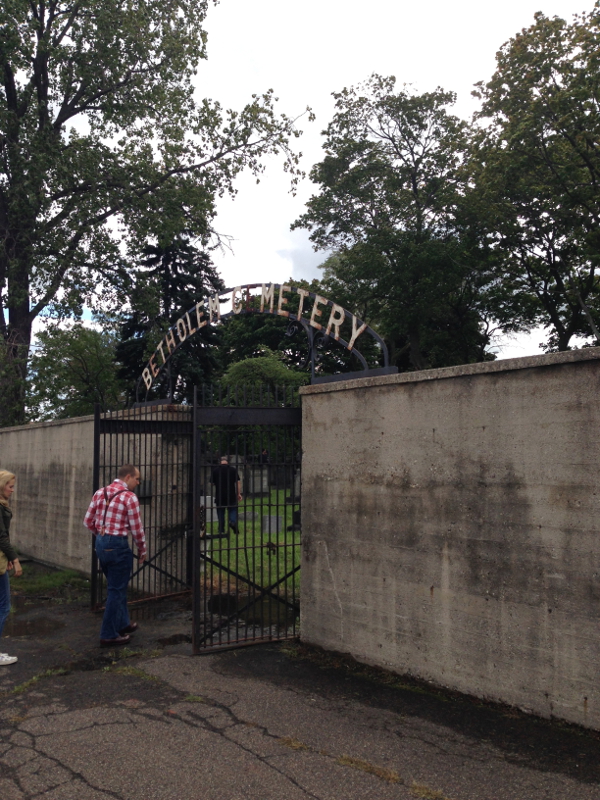
Congregants of Shaarey Zedek acquired the land for Beth Olem in the early 1860s, and the first burial probably happened around 1868. Germans owned the surrounding farms. Later 19th-century cemeteries like Woodmere were intentionally planned according to principles of rural design; Beth Olem was just rural.
It’s a small, old-world cemetery, just over two acres, ringed by a red brick wall that hugs the graveyard’s towering, ancient trees. It’s like a mirage. Its tombstones are sooty with age.
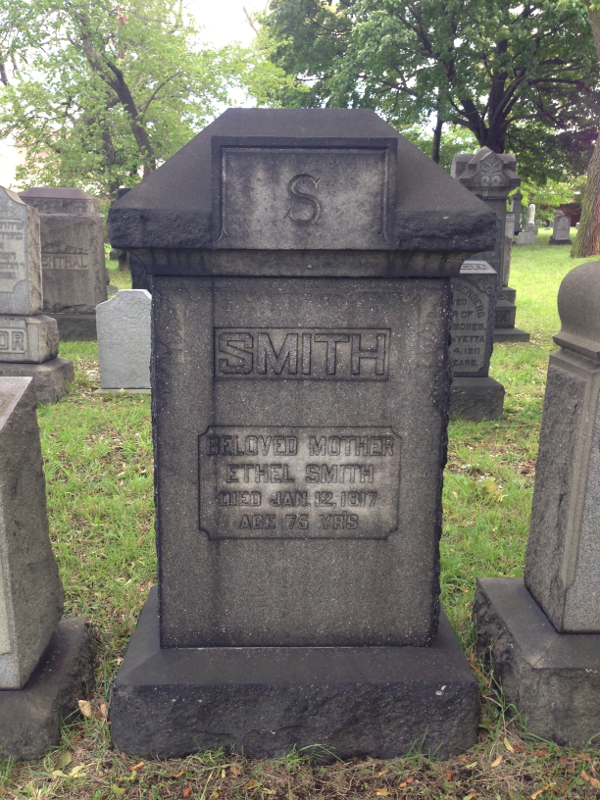
This is a pastoral Jewish cemetery in the middle of a car factory. You can tumble that fact around in your head until it is so polished that it reflects everything about Detroit history forever and ever.
Before GM enveloped Beth Olem, Poletown did. In the 1870s, Polish Catholics began to displace the German farmers who had originally settled the area. Over time, Detroit’s Jewish community — concentrated close to downtown — struck a northwestward path of migration that largely missed Polish Detroit and Hamtramck. Some Eastern European Jews settled in and around Poletown, but Beth Olem was still out-of-the-way for most Detroit Jews, and those buried there were mostly poor.

By the end of World War I, there were dozens of metro-area Jewish cemeteries to choose from, and Beth Olem was tumbled down, its wooden grave markers weather-worn and toppled, a chapel built in the 1880s sagging with damage. Burials stopped at Beth Olem in 1948. In less than 100 years, over 1100 people were put to rest on its grounds.
Beth Olem’s complicated relationship with the automotive industry (if you don’t count the fact that no one could get Beth Olem very easily until the automobile came along) began in the mid-1960s, when Chrysler built its Dodge Main plant around the cemetery, cutting off its entryway. The company extended the drive and paid the Jewish organizations that owned the cemetery $10,000 for repairs and maintenance.
And then, in 1981, GM invoked eminent domain (in a Michigan Supreme Court decision that has now been reversed) and tore down Poletown to make way for the Detroit/Hamtramck Assembly.
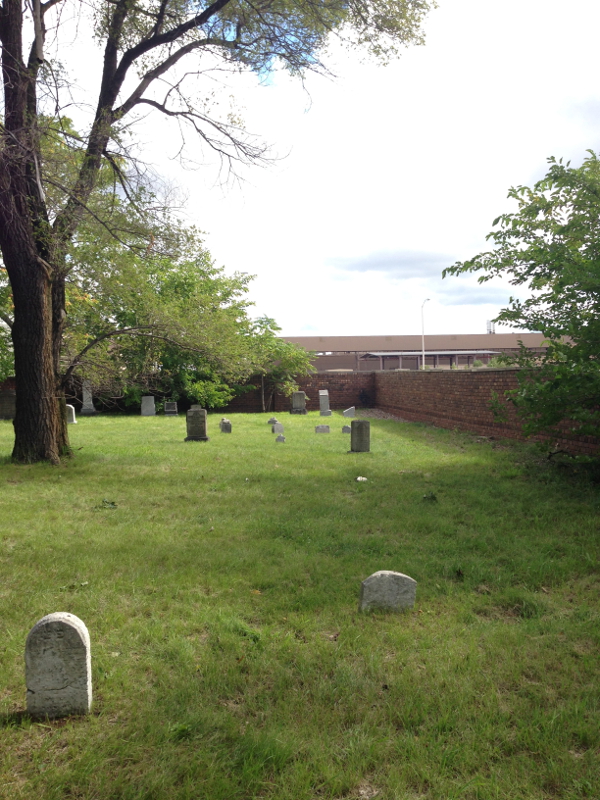

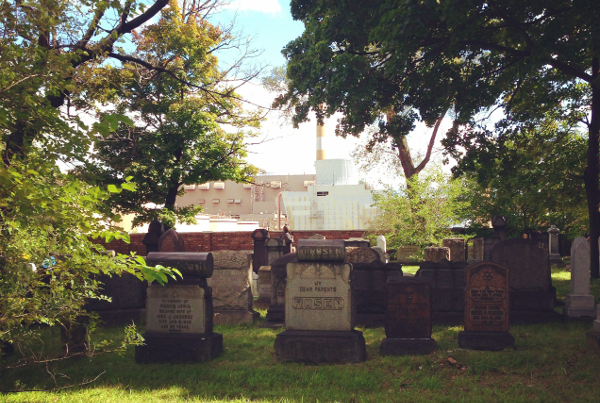
Halakhic law forbids the removal of Jewish graves, and Michigan law makes it a big bureaucratic pain. (It wasn’t always so tough; Detroit’s municipal cemeteries were endlessly shuffled around in the mid-1800s, and some graves, like the military burials at Fort Shelby, were simply hauled into the river as fill or ignored and built right over.)
So Beth Olem stayed where it was, under the stewardship of Shaarey Zedek. It is open to the public twice a year for a total of six hours: 10 a.m. – 1 p.m. on the Sundays before Rosh Hashanah and Passover.

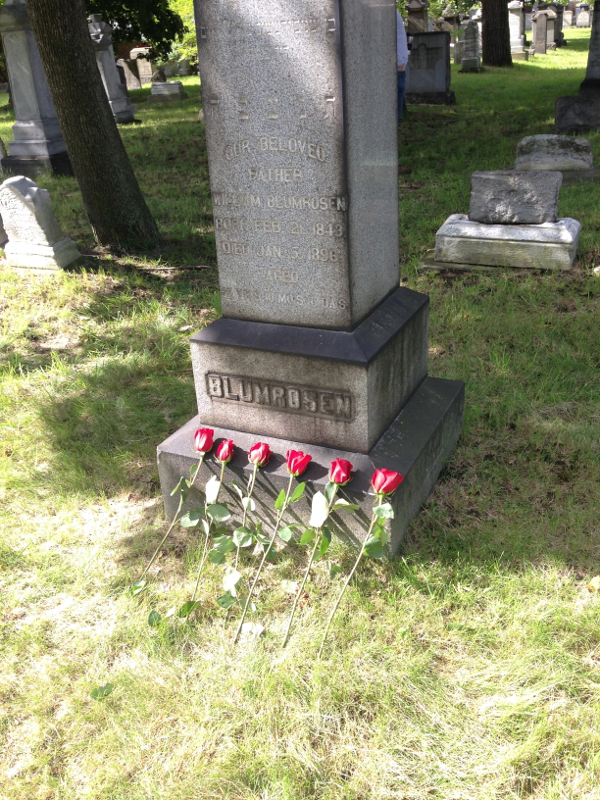
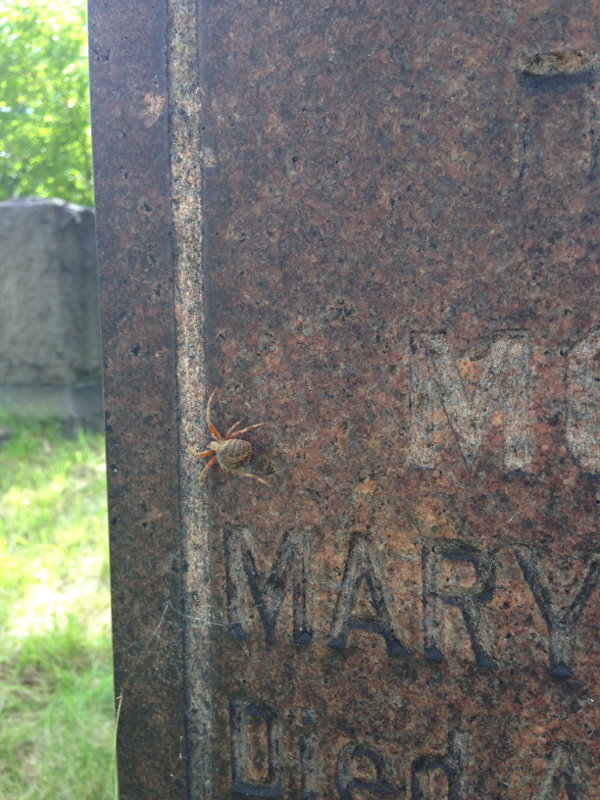
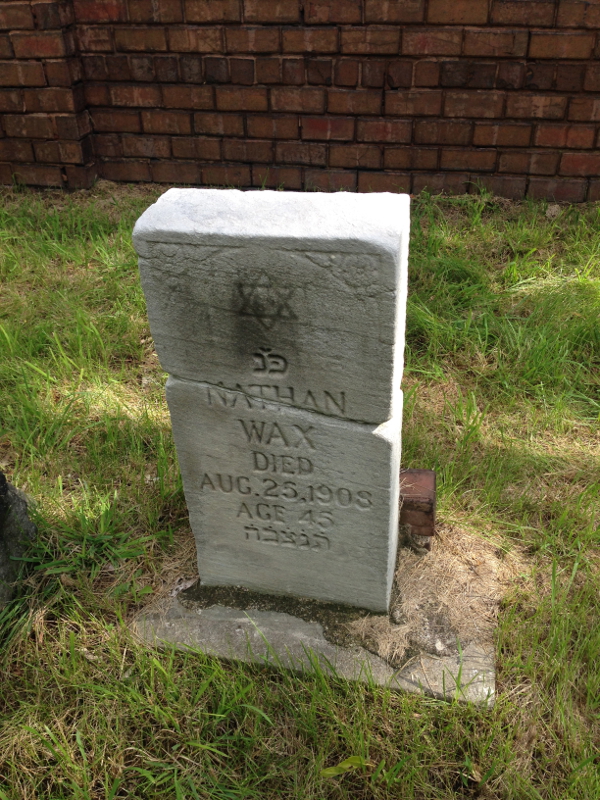
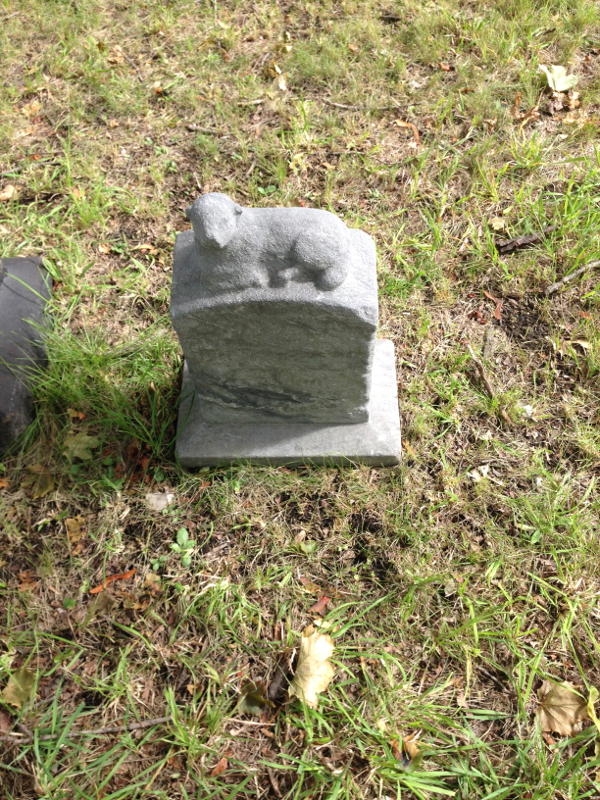
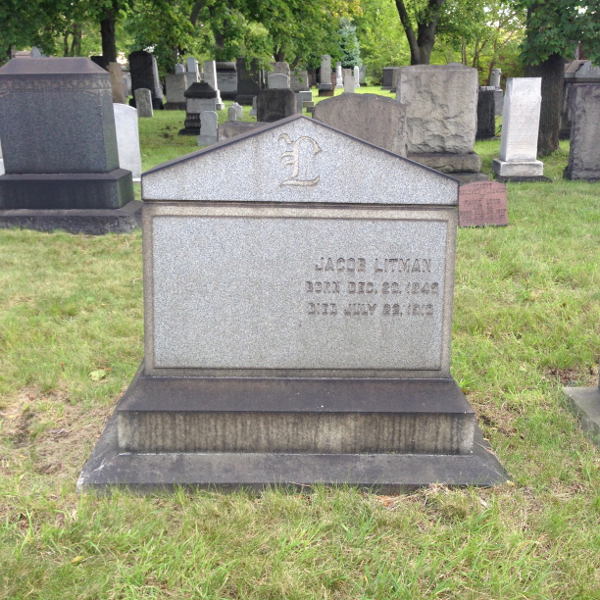

—
All photos by Alissa Shelton, Model D‘s director of engagement and sponsorship.
A large portion of this article was adapted from a 2011 post on The Night Train, Amy Elliott Bragg’s blog chronicling the pre-automotive history of Detroit. Elliott Bragg is Issue Media Group’s director of content.



